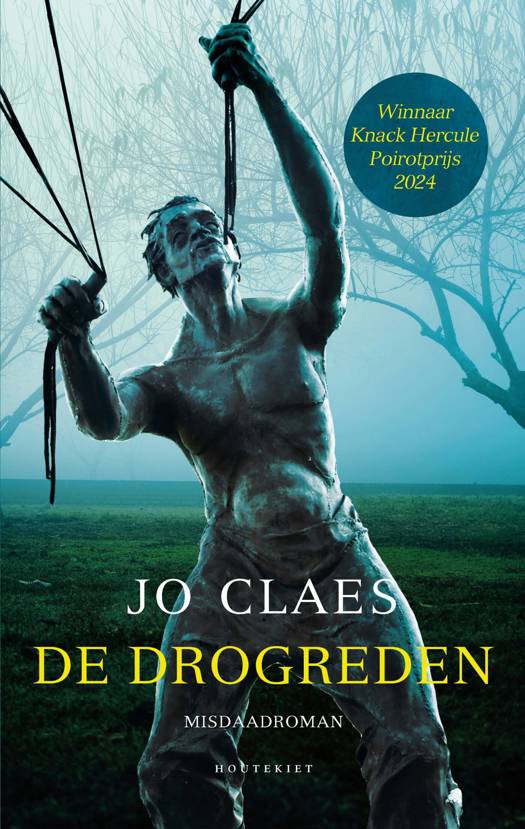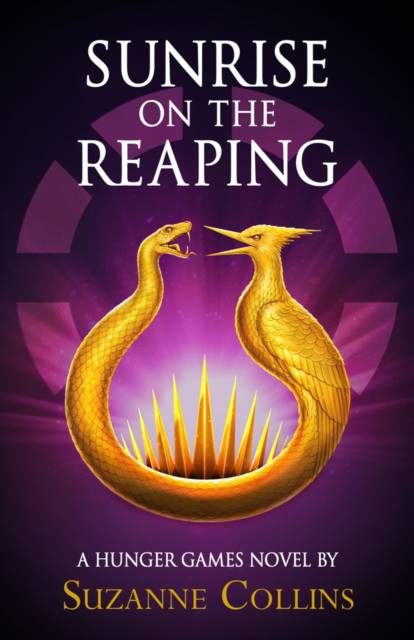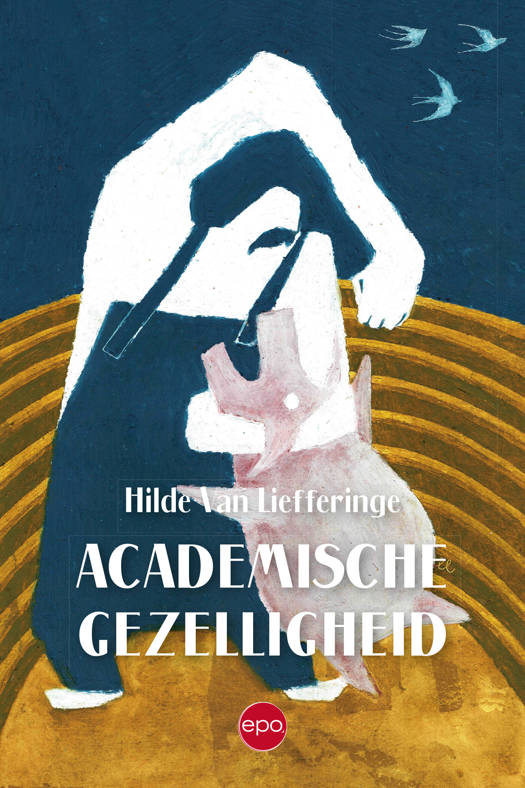
- Afhalen na 1 uur in een winkel met voorraad
- Gratis thuislevering in België vanaf € 30
- Ruim aanbod met 7 miljoen producten
- Afhalen na 1 uur in een winkel met voorraad
- Gratis thuislevering in België vanaf € 30
- Ruim aanbod met 7 miljoen producten
Zoeken
Omschrijving
A comprehensive insight into the Iranian artist's work.
The work of Mehdi Farhadian (b. 1980) emerges from the fusion of personal visual memories of nature and collective memories preserved in old photographs. The former is deeply individual, while the latter taps into a shared reservoir of collective memory. His paintings are a deliberate effort to activate overlooked histories - forgotten places, neglected public events and monuments erased by time in Iran, portraying the intersection of reality and fiction. Through these images, Farhadian explores the dichotomies of public versus private, past versus present and the forgotten allure of historical images contrasted with the recreation of those memories. Despite incorporating archival images, his artistic pursuits are not solely driven by these materials; they are equally fuelled by the emotional bonds and effective responses he shares with them.
This book, comprising scholarly essays accompanied by over 150 colour images, provides a comprehensive insight into Farhadian's oeuvre. It reveals how Farhadian approaches history with a dual perspective - an intellectual appreciation coupled with a profound reverence. For him, a site's history transcends its physical or archival origin; it also encompasses an emotional projection onto that space. Farhadian invites viewers into a world they may have never physically experienced, known, or consciously remembered. Instead of erasing history, he seeks to illuminate hidden facets, using the seemingly faded qualities and ahistorical additions to evoke the challenges of uncovering the truth about Iran's complex past.
The work of Mehdi Farhadian (b. 1980) emerges from the fusion of personal visual memories of nature and collective memories preserved in old photographs. The former is deeply individual, while the latter taps into a shared reservoir of collective memory. His paintings are a deliberate effort to activate overlooked histories - forgotten places, neglected public events and monuments erased by time in Iran, portraying the intersection of reality and fiction. Through these images, Farhadian explores the dichotomies of public versus private, past versus present and the forgotten allure of historical images contrasted with the recreation of those memories. Despite incorporating archival images, his artistic pursuits are not solely driven by these materials; they are equally fuelled by the emotional bonds and effective responses he shares with them.
This book, comprising scholarly essays accompanied by over 150 colour images, provides a comprehensive insight into Farhadian's oeuvre. It reveals how Farhadian approaches history with a dual perspective - an intellectual appreciation coupled with a profound reverence. For him, a site's history transcends its physical or archival origin; it also encompasses an emotional projection onto that space. Farhadian invites viewers into a world they may have never physically experienced, known, or consciously remembered. Instead of erasing history, he seeks to illuminate hidden facets, using the seemingly faded qualities and ahistorical additions to evoke the challenges of uncovering the truth about Iran's complex past.
Specificaties
Betrokkenen
- Auteur(s):
- Uitgeverij:
Inhoud
- Aantal bladzijden:
- 272
- Taal:
- Engels
Eigenschappen
- Productcode (EAN):
- 9788857252698
- Verschijningsdatum:
- 30/03/2025
- Uitvoering:
- Hardcover
- Afmetingen:
- 220 mm x 260 mm
Alleen bij Standaard Boekhandel
+ 119 punten op je klantenkaart van Standaard Boekhandel
Beoordelingen
We publiceren alleen reviews die voldoen aan de voorwaarden voor reviews. Bekijk onze voorwaarden voor reviews.










